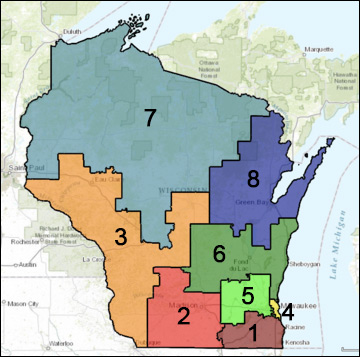By Jim Ellis

Sen. Bernie Sanders
Sen. Sanders conceded that he could not overcome Biden’s strong lead but stopped short of endorsing him, though it is clear that he eventually will, and called for the Democratic Party to pull together in order to defeat President Trump.
How will a Trump-Biden general election campaign unfold? Very likely, the race will come down to what happens in about 10 states. In 2016, President Trump defeated Hillary Clinton with an Electoral College margin of 306-232, giving him a 36-vote cushion against Biden. This is a relatively substantial margin, but when remembering that three critical states containing 46 electoral votes came down to an aggregate vote spread of just over 77,000 votes, such a gap could quickly dissipate.
To win again, President Trump must keep intact five states that he carried as part of his 2016 coalition, three of which are giving signs of moving closer to the political center since the last election, and two that are always in the swing category. Arizona, Texas, and Georgia are must-wins for the Trump campaign, but these states are no longer locks for the Republican nominee. Though they should still remain part of the 2020 Trump coalition, they cannot be taken for granted.
Florida and North Carolina are always swing states, and any Republican presidential nominee must carry them in order to win the national election. The Democrats, because they win most of the other big states, can claim a national victory without Florida and North Carolina but a Republican cannot.






 April 2, 2020 — With the COVID-19 virus playing havoc with virtually every aspect of American life, including elections, how are the House vacant seats being affected?
April 2, 2020 — With the COVID-19 virus playing havoc with virtually every aspect of American life, including elections, how are the House vacant seats being affected?